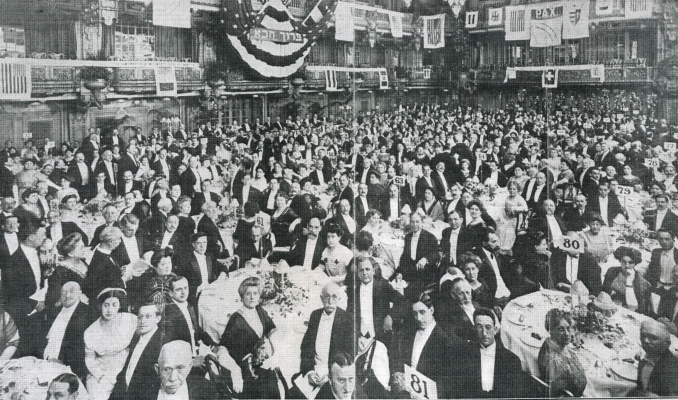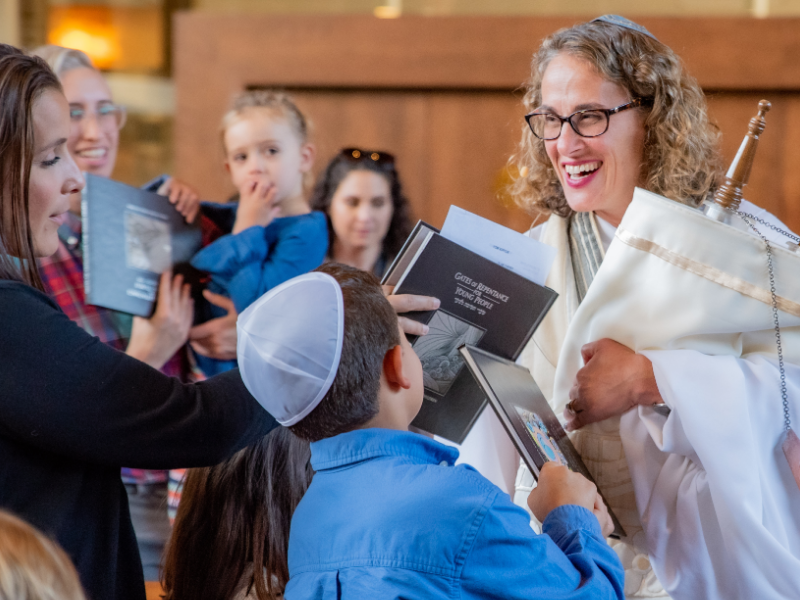-
Late 17th and Early 18th Centuries: The Enlightenment
Jews began to acquire rights as citizens in the European countries in which they lived, enabling them to dress as their neighbors did, study in public schools and universities, and pursue the occupations they desired.
-
First Reform Temple Opened
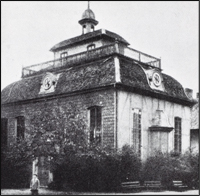
The first Reform temple opened in Seesen, Germany on July 17, 1810.
-
Changes in Worship, Belief and Practice
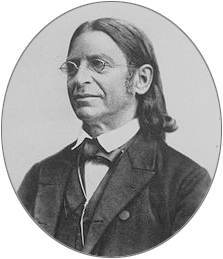
Under the leadership of Rabbi Abraham Geiger, a Jewish scholar and a proponent of changes in practice that would make it easier for Jews to live Jewishly within modern society, congregations in several German cities instituted changes in worship, including use of German instead of Hebrew for prayer, mixed gender seating, one-day observance of festivals, and participation of a cantor and choir
-
1820s: German Reformers Brought Reform Judaism to America
When German reformers immigrated to America, they brought Reform Judaism with them. The first American Reform Jewish religious group in the United States, the Reformed Society of Israelites was organized in 1824 in Charleston, SC.
-
First U.S. Reform Congregation Formed
Charleston’s Congregation Beth Elohim, a Sephardic Orthodox synagogue became the first permanent Reform Jewish synagogue in the United States.
-
Founder of Reform Judaism Came to America
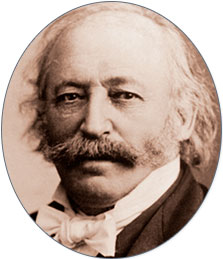
Isaac Mayer Wise, the organizer of the American Jewish Reform Movement, came to the United States from Bohemia.
-
Wise Joined Congregation B’nai Yeshurun in Cincinnati
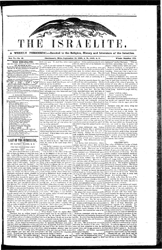
Isaac Mayer Wise became rabbi of Congregation B’nai Yeshurun in Cincinnati, where he remained until his death. He began to publish the Israelite, later the American Israelite.
-
American Siddur Published
Isaac Mayer Wise wrote Minhag America. Including both Hebrew text and English translations, it was the first siddur specifically edited for American worshippers.
-
Congregations Formed Secular Union
In November, the Board of Delegates of American Israelites is organized, the first attempt by American Jews to create an overall national Jewish organization.
-
Union of American Hebrew Congregations Founded
The Union of American Hebrew Congregations was established in Cincinnati. Its founders hoped to embrace all American synagogues.
-
Hebrew Union College Established
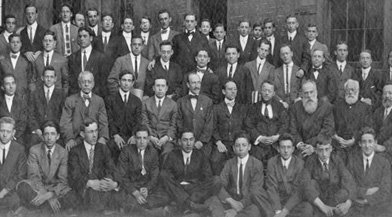
The Union created Hebrew Union College (HUC) in Cincinnati, a seminary to train rabbis for all American congregations. Later, it also trained cantors and other Jewish professionals. It was the first permanent Jewish institution of higher learning in the New World.
-
UAHC Published First American Jewry Census
The Union of American Hebrew Congregations published the first census of American Jewry. Estimate: 250,000.
-
"T’reif Banquet" Held
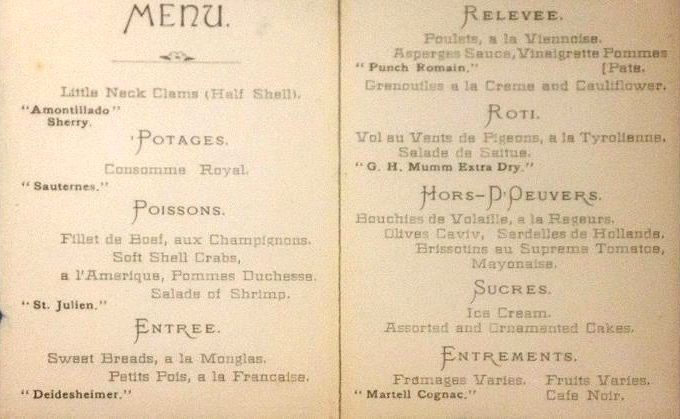
Following the first HUC ordination of four rabbinic students, a celebratory dinner was held in Cincinnati. Attended by both Jews and non-Jews, the meal included clams, crabs, and frogs’ legs, as well as ice cream and cheese, which followed the meat entrees. Often dubbed “The T’reif Banquet,” the event resulted in the departure of “traditional” congregations from the UAHC.
-
Pittsburgh Platform Adopted
Reform rabbis adopted the Pittsburgh Platform. Written by Kaufmann Kohler (1843-1926), the platform articulated the tenets of American Reform Judaism, calling for Jews to adopt a modern approach to the practice of their faith. Those who wished to conserve the old way of life seceded and established the Jewish Theological Seminary Association, which 15 years later was reorganized as the Jewish Theological Seminary of America.
-
Central Conference of American Rabbis Founded
Isaac Mayer Wise founded the Central Conference of American Rabbis, the professional arm of the Reform rabbinate.
-
Jewish Chautauqua Society Founded
Henry Berkowitz founded the Jewish Chautauqua Society, modeled after the Chautauqua movement, which popularized adult education.
-
Union Prayer Book Published
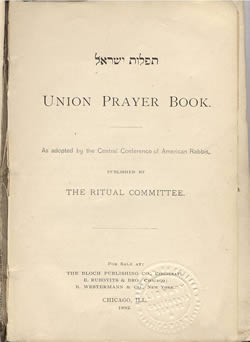
Based on David Einhorn’s Olat Tamid prayer book, the Union Prayer book was published by the CCAR. Revised editions were published in 1918 and 1940.
-
Union Biennial Adopted Anti-Zionist Statement
At the Union's first biennial council meeting following Herzl’s creation of a movement for political Zionism, the Reformers adopt an anti-Zionist statement.
-
Women of Reform Judaism Founded
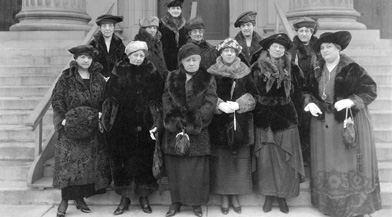
Women of Reform Judaism (WRJ)—originally founded as the National Federation of Temple Sisterhoods—was established as the women’s affiliate of the Union of American Hebrew Congregations. At the time, it was the largest Jewish women’s religious organization in the United States.
-
Wise Founded Jewish Institute of Religion
Stephen S. Wise founded the Jewish Institute of Religion, training rabbis (mostly for Reform congregations) with a more traditional orientation than that given by Hebrew Union College.
-
Men of Reform Judaism Founded
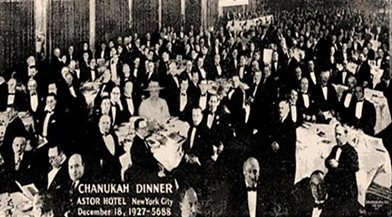
Men of Reform Judaism (MRJ)—originally founded as the National Federation of Temple Brotherhoods—was created.
-
World Union for Progressive Judaism Founded
The World Union for Progressive Judaism, the international umbrella organization of the Reform, Liberal, Progressive and Reconstructionist movements was founded.
-
Columbus Platform Adopted
The Central Conference of American Rabbis adopted the Columbus Platform, which marked a shift toward pro-Zionism and new openness to ritual practice. The platform was largely the work of Samuel S. Cohon (1888-1959).
-
NFTY Launched
The North American Federation of Temple Youth (NFTY) was launched as a way for Reform Jewish college-age youth to engage in synagogue life. Today’s NFTY comprises 750 Temple Youth Groups (TYGs) in 19 NFTY regions throughout the United States and Canada, engaging thousands of high school students in meaningful Reform youth experiences based on Jewish principles.
-
NATA Founded
The National Association for Temple Administration (NATA), the professional organization for Reform synagogue executives, administrators, and managers, was founded.
-
Eisendrath Began Leadership
Rabbi Maurice N. Eisendrath became president of the UAHC. During his tenure of more than three decades, Eisendrath more than doubled the number of congregations in the Union.
-
JIR Opened the School of Sacred Music
The Jewish Institute of Religion opened the School of Sacred Music, the first cantorial school in North America.
-
Hebrew Union College Merged with Jewish Institute of Religion
Hebrew Union College merged with the Jewish Institute of Religion.
-
UAHC Headquarters Moved to NYC
UAHC President Rabbi Maurice N. Eisendrath, sharing the belief with other religious liberals that the “West”—Cincinnati—had dominated U.S. Jewry long enough, successfully transferred the Union headquarters to New York City.
-
UAHC Opened First Summer Camp
The UAHC opened Union Institute in Oconomowoc, WI, its first overnight summer camp. Today, the URJ operates 14 camps across the continent and serves more than 10,000 campers from throughout North America and beyond each summer.
-
American Conference of Cantors Organized
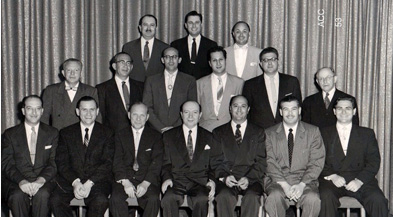
The American Conference of Cantors (ACC) was organized by students from the Hebrew Union College-Jewish Institute of Religion's School of Sacred Music.
-
National Association of Temple Educators Founded
The National Association of Temple Educators (NATE), the professional organization of Jewish educators of the Reform Movement, was founded.
-
Segregationists Bombed The Temple in Atlanta
A group of extreme segregationists bombed Atlanta’s oldest Jewish congregation, The Hebrew Benevolent Society, also known as The Temple.
-
Eisendrath Presented JFK with a Torah
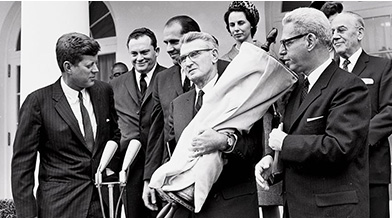
As part of the RAC’s dedication ceremony, Rabbi Maurice Eisendrath presented President Kennedy with a Torah scroll that had belong to Rabbi Isaac Mayer Wise.
-
Religious Action Center of Reform Judaism Founded
The Religious Action Center of Reform Judaism was founded. Today, the RAC, the URJ’s advocacy arm in Washington, educates and mobilizes the Reform Jewish community on legislative and social concerns, advocating on more than 70 different issues, including economic justice, civil rights, religious liberty, Israel, and more.
-
Union’s General Assembly Called for Cease Fire in Vietnam
Reiterating its call for a cease fire in 1965, the Union’s General Assembly adopted a resolution urging the U.S. government to direct an immediate cease fire in Vietnam and the withdrawal of the entire U.S. military presence no later than December 31, 1970, from Vietnam and other Southeast Asian countries used in support of the Vietnam War. The General Assembly also called on the government to recognize the moral obligation to bring aid and relief to the people injured in the war.
-
Union Denounced USSR for Persecution of Soviet Jews
The General Assembly of the Union, meeting in Los Angeles, adopted a resolution denouncing the Russian government for its persecution of Soviet Jews.
-
Sally Priesand Ordained
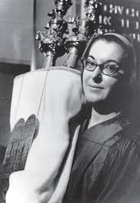
Sally Priesand, the first woman rabbi, was ordained by Hebrew Union College-Jewish Institute of Religion.
-
Reform Judaism Began Publication
The first issue of Reform Judaism was published. An outgrowth of a publication for synagogue Brotherhoods, Reform Judaism originated as a black and white newspaper published eight times a year. It was not the first publication of the Union for temple leaders and members, however. Earlier incarnations included American Judaism and Dimensions in American Judaism.
-
Schindler Elected President of UAHC
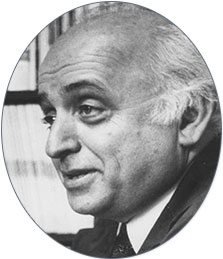
Rabbi Alexander M. Schindler, one of the most influential American Jewish leaders of his day, was elected president of the UAHC. Among the hallmarks of his 23-year tenure as president was his stance in favor of patrilineal descent, and his call for synagogues to integrate into Jewish life intermarried couples and their children, as well as unaffiliated Jews and non-Jews interested in converting. Learn more.
-
CCAR Published Gates of Prayer
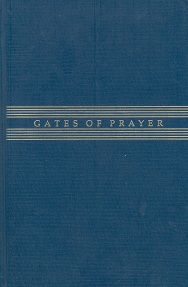
The Central Conference of American Rabbis published Gates of Prayer to replace the Union Prayer Book, which had been used for 80 years. The new siddur included more Hebrew, gender neutral language, and a variety of worship options.
-
San Francisco Platform Adopted
Reform rabbis adopted the San Francisco Platform. Known as the Centenary Perspective because it was adopted 100 years after the founding of the UAHC and HUC-JIR, the platform expressed a sense of unity within Reform Judaism, as well as reflections on Jewish survival, the Holocaust and the birth of the State of Israel. It was largely the work of HUC-JIR Professor Rabbi Eugene Borowitz (b. 1924).
-
ARZA and Kadima (ARZA Canada) Founded

The Association of Reform Zionists of America (ARZA - The Reform Israel Fund) and Kadima (ARZA Canada) were founded. These organizations work to strengthen and enrich the connections North American Jews have with Eretz Yisrael. They also represent the Reform Movement in the councils of the World Zionist Organization.
-
Plaut Torah Commentary Published
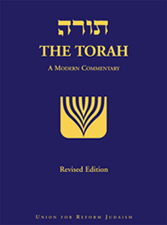
The Plaut Torah Commentary, which became North America's popular Torah commentary, was published by the UAHC.
-
CCAR Affirmed Patrilineal Descent
The Central Conference of American Rabbis affirmed that an individual’s Jewish identity may derive from either matrilineal or patrilineal descent.
-
Yoffie Selected as UAHC President
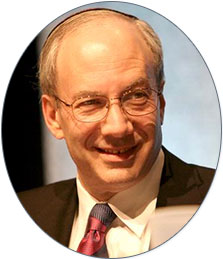
Rabbi Eric H. Yoffie was selected as the third president of the UAHC. During his 16-year tenure he encouraged Torah study, Jewish literacy, and observance of Shabbat among Reform Jews.
-
CCAR Adopted Miami Platform
The Central Conference of American Rabbis adopted the Miami Platform. In recognition of the centenary of the first World Zionist Congress, the platform is dedicated to the relationship between Reform Judaism and Zionism. It is largely the work of Rabbi Ammiel Hirsch (b. 1959) and Aron Hirt-Manheimer (b. 1948).
-
UAHC Relocated from 838 Fifth Avenue to Midtown Manhattan
Seeking larger and more modern office space, the UAHC moved from 838 Fifth Avenue, its home in New York City for nearly 50 years, to 633 Third Avenue, an office condominium in midtown Manhattan.
-
CCAR Adopted Statement of Principles
At its meeting in Pittsburgh, the Central Conference of American Rabbis adopted a “Statement of Principles” that affirmed the central tenets of Judaism—God, Torah and Israel—bringing renewed attention to sacred obligations, even as it acknowledged the diversity of Reform Jewish beliefs and practices. It is largely the work of Richard N. Levy (b. 1937)
-
Program Directors Affiliated with UAHC
The Program Engagement Professionals of Reform Judaism (PEP-RJ), originally known as the Program Directors of Reform Judaism (PDRJ), became an affiliate of the URJ. The organization comprises program and membership directors, and other professionals who coordinate and manage programs, membership, outreach, and/or education within URJ congregations.
-
UAHC Changed Name to Union for Reform Judaism
In November 2003, delegates to the Minnesota Biennial Convention overwhelming approved a name change from Union of American Hebrew Congregations (UAHC) to Union for Reform Judaism (URJ). Previous attempts—in 1946, 1973 and 1995—to change the name of the organization had been unsuccessful.
-
Early Childhood Educators Became URJ Affiliate
The Early Childhood Educators of Reform Judaism (ECE-RJ), which met for the first time in 2001, was approved by the URJ Board of Trustees as an affiliate organization.
-
Mishkan T’filah Published
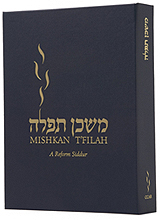
A new Reform siddur, Mishkan T’filah, was published by the CCAR. Among the features in the new prayer book were Hebrew transliterations, faithful translations and relevant and compelling English prayers.
-
WRJ Published Women’s Torah Commentary
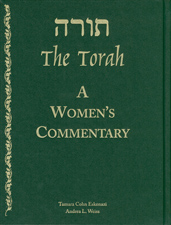
Women of Reform Judaism and URJ Press published The Torah: A Women's Commentary, which comprises commentary written by leading Jewish female Bible scholars, rabbis, historians, philosophers and archaeologists. It was awarded the top prize in the oldest Jewish literary award program, the 2008 National Jewish Book Awards.
-
Obama Addressed URJ Biennial
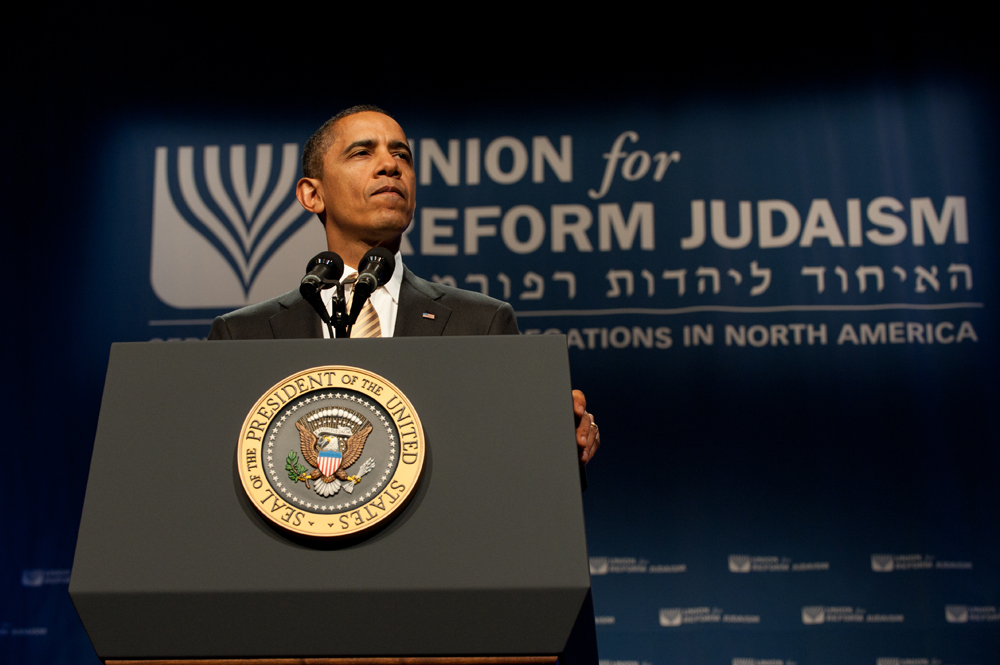
President Barack Obama addressed the URJ Biennial Convention outside Washington, DC, the first time a sitting president had done so.
-
HUC-JIR School of Sacred Music Renamed in Memory of Debbie Friedman
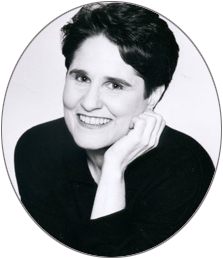
Hebrew Union College-Jewish Institute of Religion renamed its School of Sacred Music in memory of singer and songwriter Debbie Friedman, whose music rejuvenated modern Jewish worship.
-
Rabbi Rick Jacobs Installed as URJ President
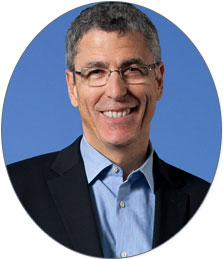
Following two decades as a congregational rabbi, Rick Jacobs was installed as the fourth president of the Union for Reform Judaism. He succeeded Rabbi Yoffie, who retired in 2011.
-
Reform Judaism is Largest, Fastest Growing Stream in North America
Reform Judaism in North America—with more than one million members and 860+ congregations—is the largest, fastest growing stream of Judaism, as well as the largest population of Jews affiliated with Progressive Judaism worldwide.
-
First Woman Named Chair of the URJ Board of Trustees
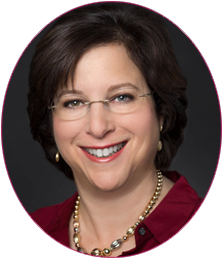
Daryl Messinger became Chair of the North American Board of Trustees of the Union for Reform Judaism. Prior to this role, she served on the URJ Board for 15 years and in Reform Movement affiliated organizations in a wide variety of roles.
-
Mishkan HaNefesh Published, the New Reform Movement Machzor
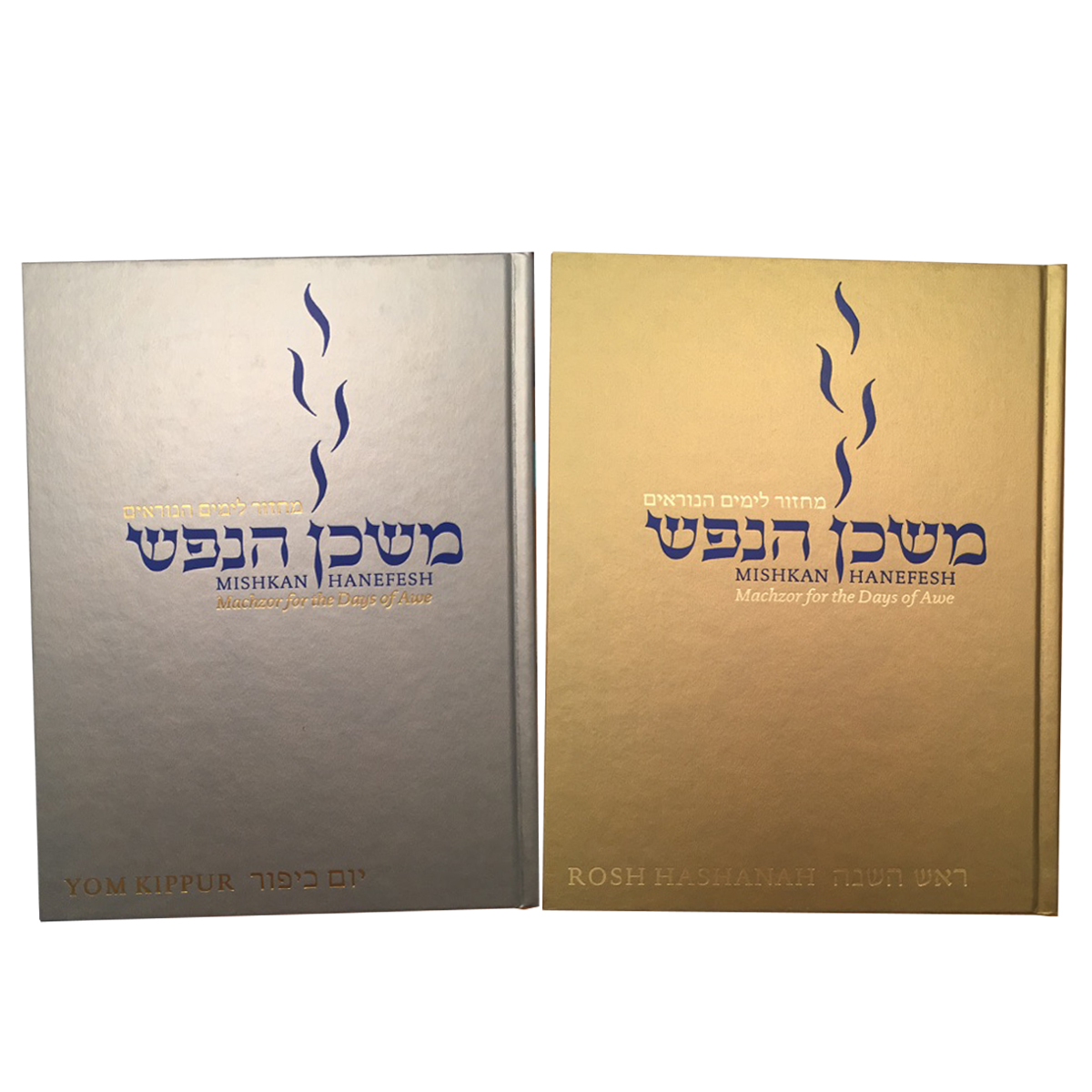
A new machzor for the Reform Movement, Mishkan HaNefesh, makes strides towards a multi-vocality that creates a space for all to inhabit, offering a multiplicity of different approaches, including gender-inclusive language, contemporary poetry and alternative readings, study texts, and rich commentary.
-
URJ Six Points West Camp Opens in California

URJ Six Points Sci-Tech West opens, later expanding to include arts programs and becoming URJ Six Points West.
-
Jennifer Brodkey Kaufman is Second Woman to be Named Chair of the URJ Board of Trustees
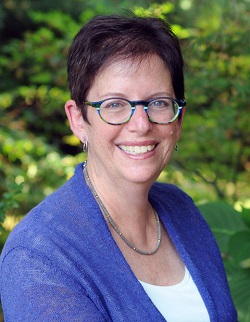
Jennifer Brodkey Kaufman, of Congregation B’nai Israel in Sacramento, has served on the URJ Board since 2003 in a variety of roles across all of the organization’s efforts, including as chair of the Commission on Social Action and chair of the Resolutions Committee.
